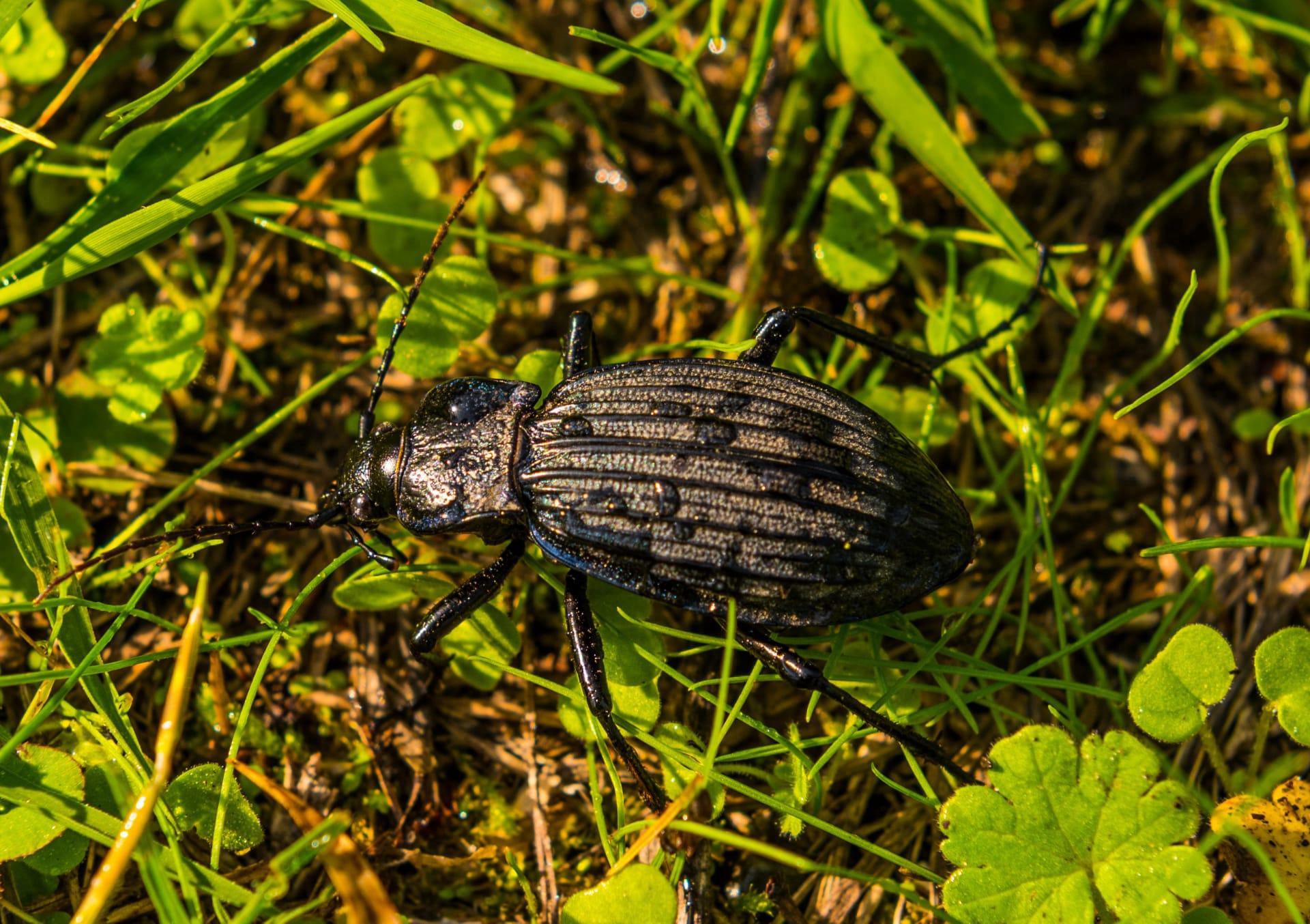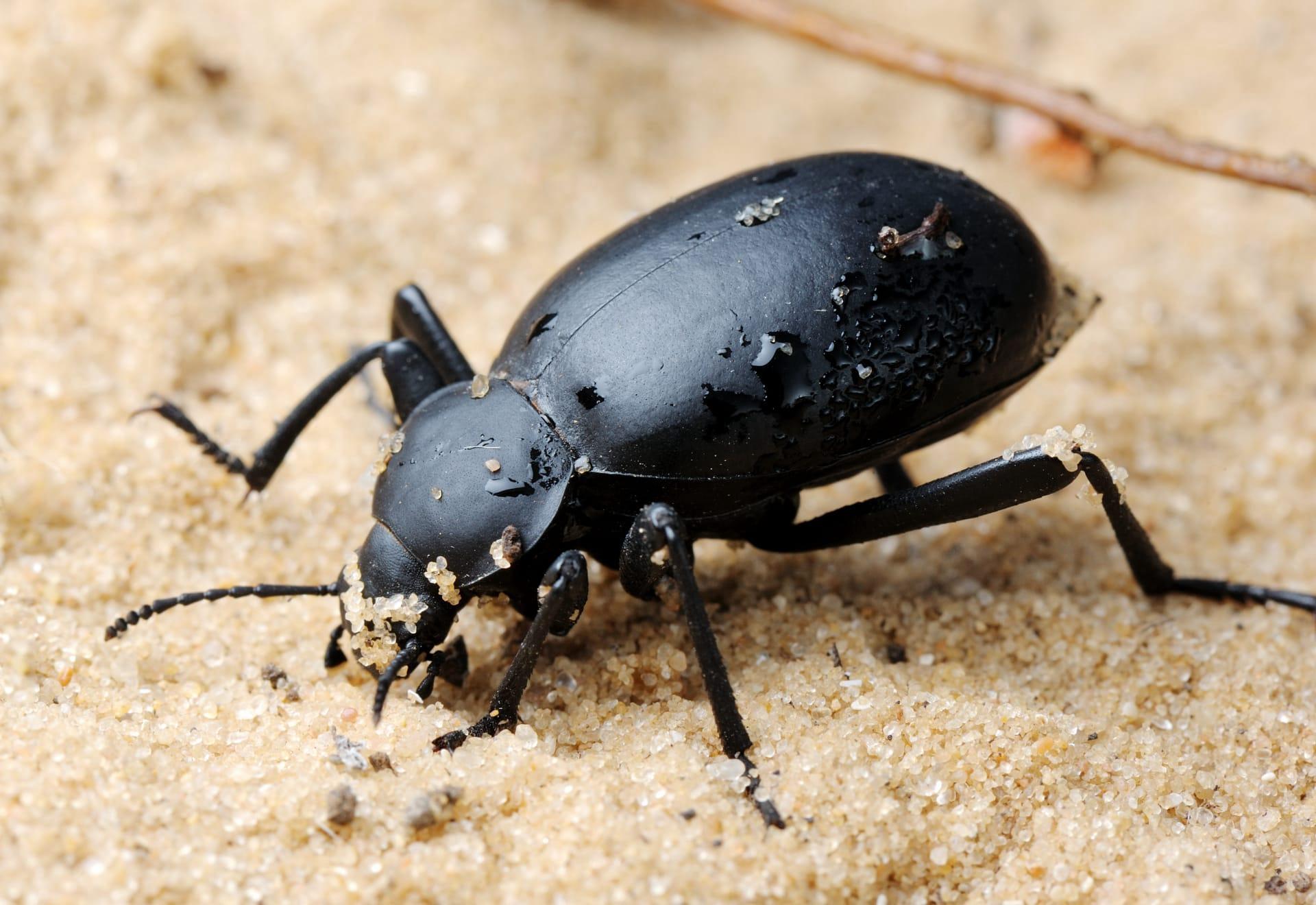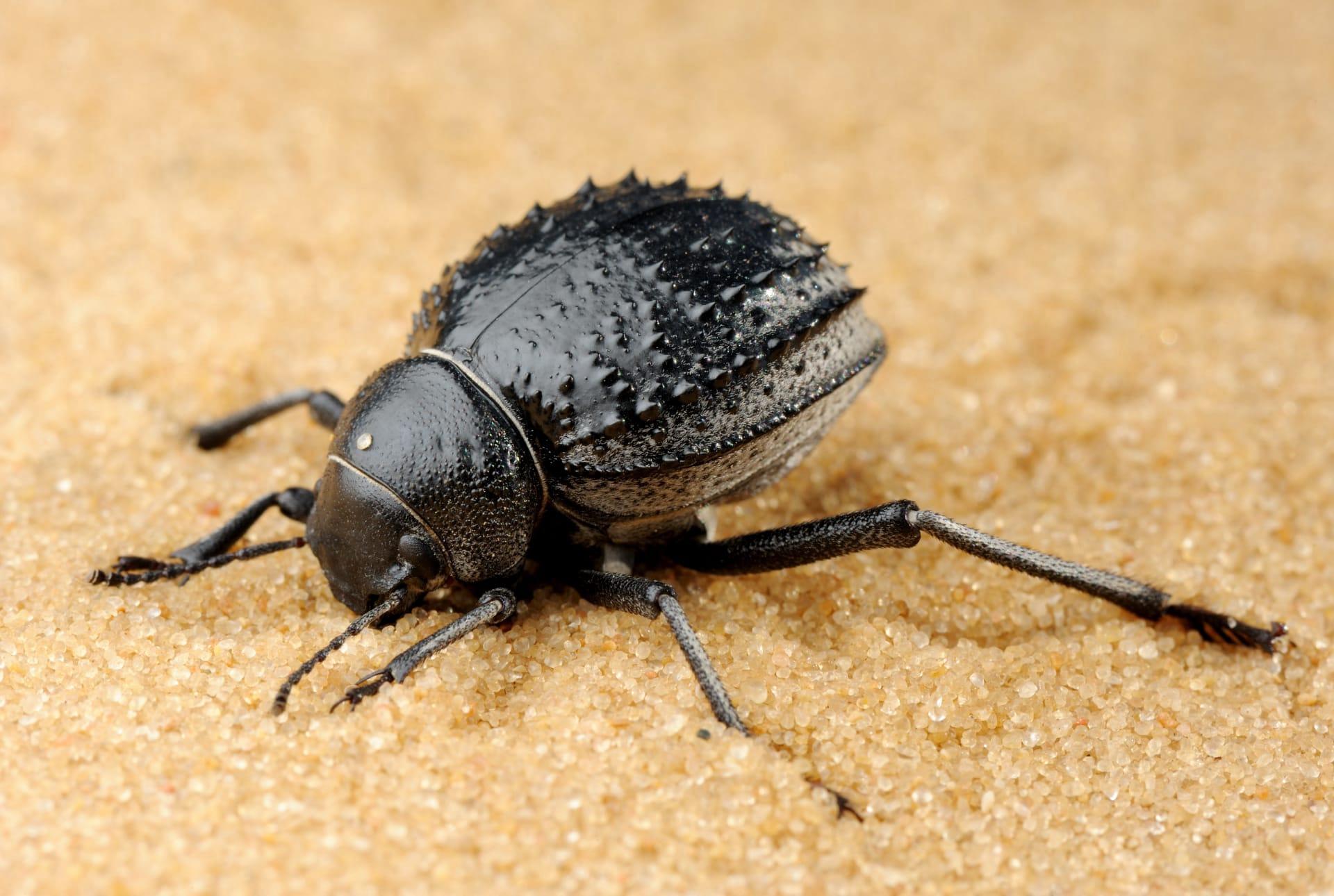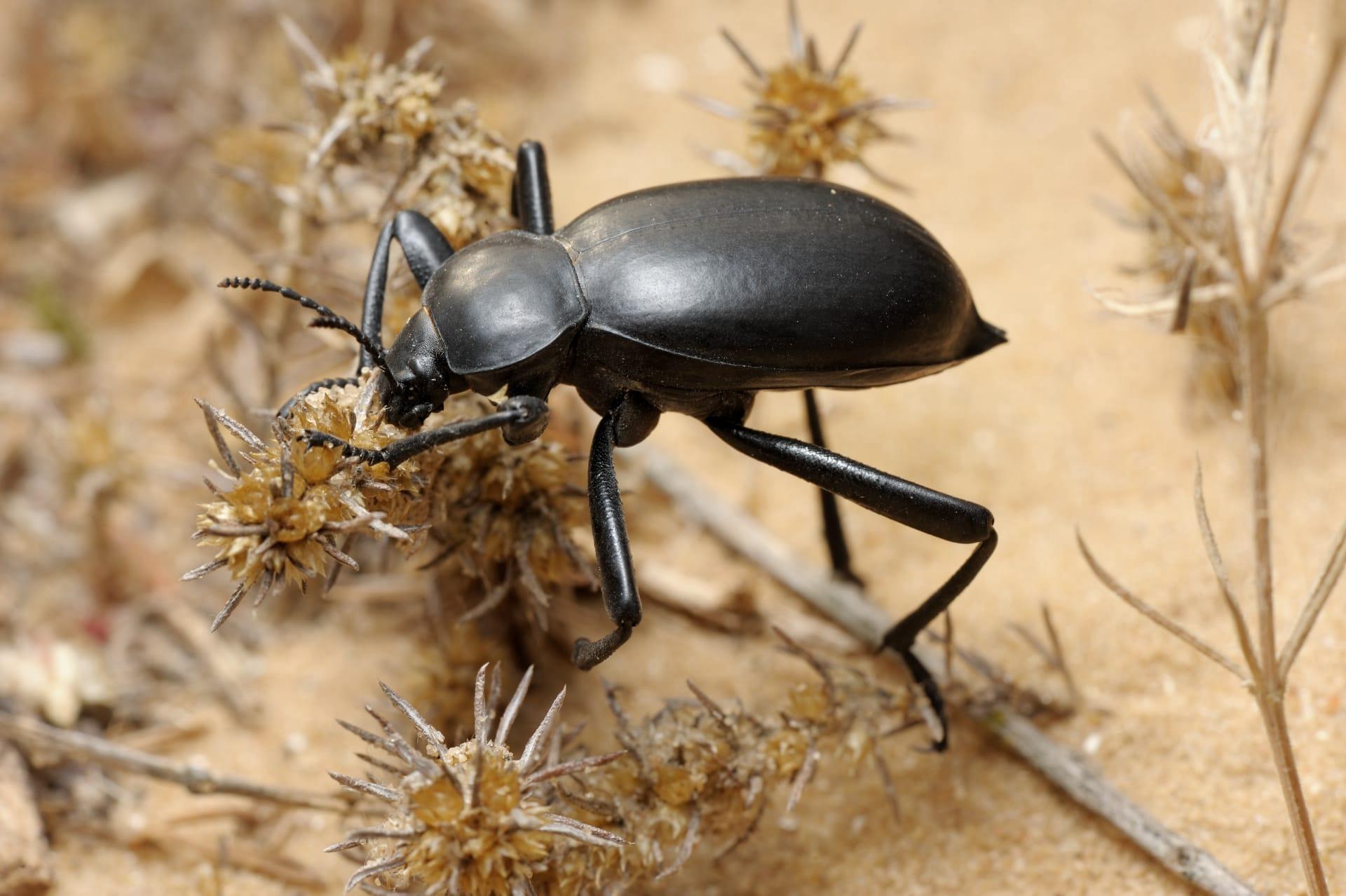Darkling Beetle Characteristics
- Home /
- Mini Encyclopedia /
- Animal /
- Darkling Beetle Characteristics
1
The Darkling Beetle, a fascinating insect, is characterized by its sturdy, oval-shaped body, which ranges from 0.5 to 1.5 inches in length. Their hard exoskeleton, varying from matte black to dark brown, serves as a protective shield. These beetles can live up to an impressive 3 to 5 years in the wild, showcasing their resilience.
One of the most distinctive organs of the Darkling Beetle is its spiracles, tiny openings located along the sides of the abdomen. These spiracles play a critical role in respiration, allowing the beetle to efficiently breathe in oxygen while minimizing water loss. This adaptation is particularly vital for survival in arid environments.

2
Question: Why do Darkling Beetles often curl into a ball when threatened?
Answer: This behavior is a defensive mechanism. When threatened, Darkling Beetles curl into a tight ball, tucking their legs and antennae inwards. This posture makes them less vulnerable to predators by hiding their softer, more sensitive body parts. Moreover, their hard exoskeleton becomes the primary barrier, providing a formidable shield against potential harm.

3
Darkling Beetles exhibit unique locomotive traits. They are primarily ground-dwellers, known for their scuttling movement. Despite having wings, they are flightless, relying on their six sturdy legs for movement. They can cover a distance of up to 10 inches per second, a notable feat for their size.
In terms of feeding habits, Darkling Beetles are detritivores, primarily consuming decaying plant material. They play a significant role in the ecosystem by breaking down plant matter, turning it into nutrient-rich soil. These beetles are also known to feed on fresh plant material, fungi, and even small insects on occasion.

4
The Darkling Beetle thrives in a variety of environments, but they are commonly found in arid and semi-arid regions. They prefer habitats with abundant plant debris, such as forests, fields, and even deserts. Their ability to minimize water loss makes them particularly suited for dry conditions.
Reproductively, Darkling Beetles lay their eggs in soil or decaying plant matter, providing a safe and nutrient-rich environment for the larvae. The larvae, known as mealworms, undergo a process of metamorphosis, evolving from larvae to pupae before finally emerging as adult beetles. This cycle plays a vital role in their survival and adaptation to diverse environmental conditions.

5
Book: "The Secret Life of Beetles: Discovering the Darkling" by Dr. Susan Miller, published in the United States in 2018, offers an in-depth look into the world of Darkling Beetles. Dr. Miller, an entomologist, explores their unique adaptations, lifecycle, and ecological importance, making it accessible and engaging for readers.
Book: "Beetles of the World: A Journey with the Darkling" by Martin Green, released in the United Kingdom in 2020, is a comprehensive guide to Darkling Beetles and their counterparts globally. Green, a seasoned naturalist, provides vivid descriptions and insights into their behavior, habitat, and significance in various ecosystems.